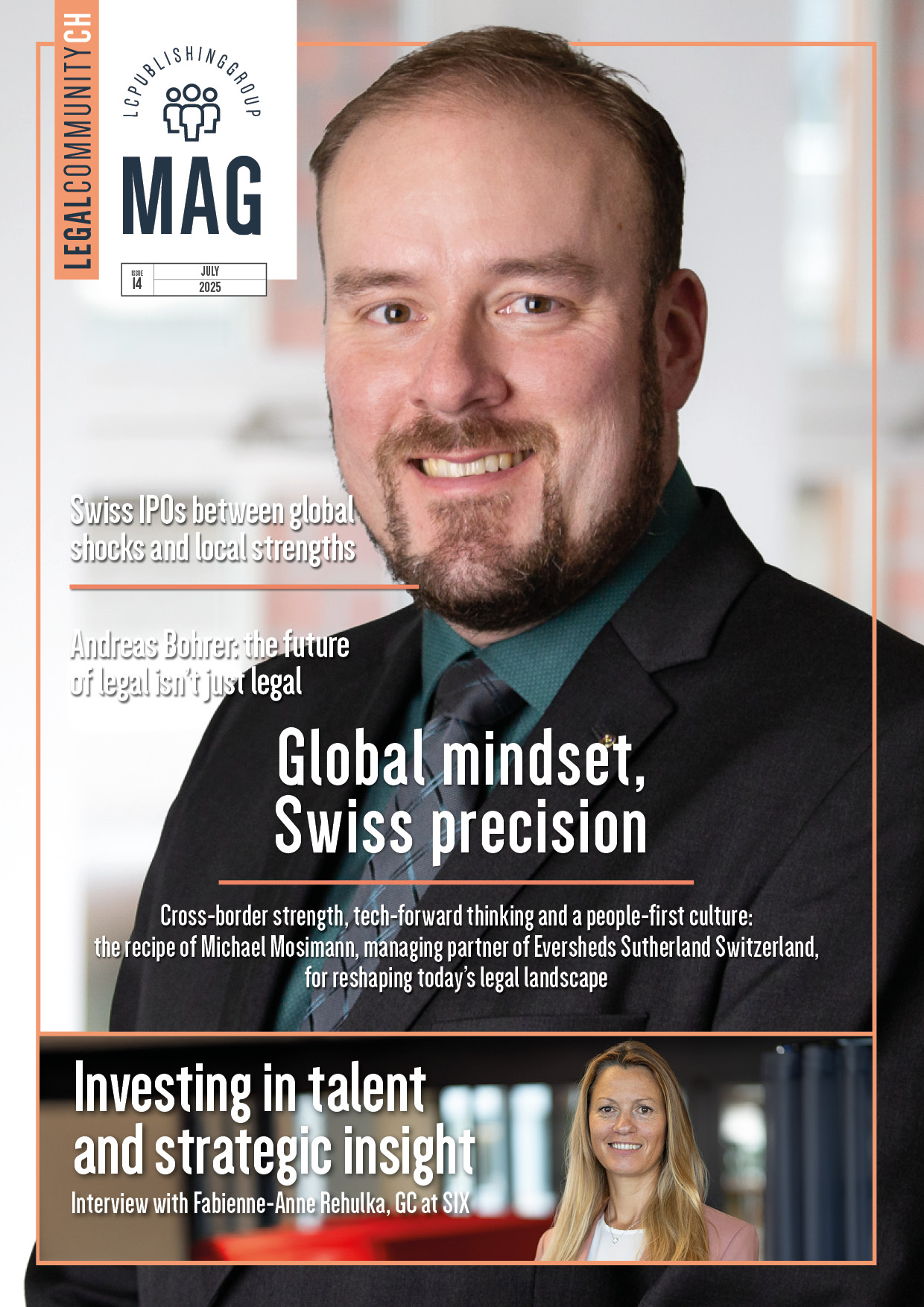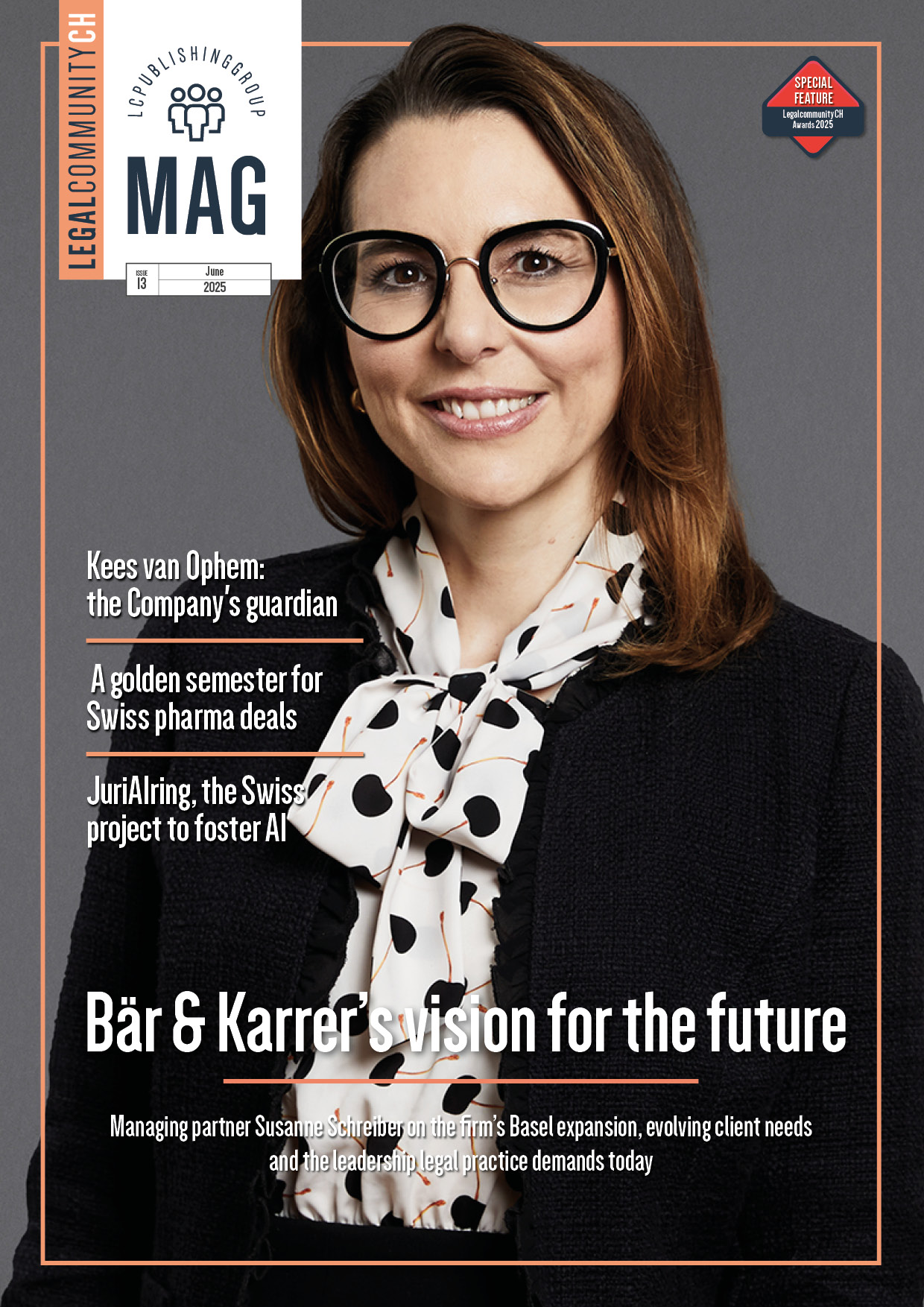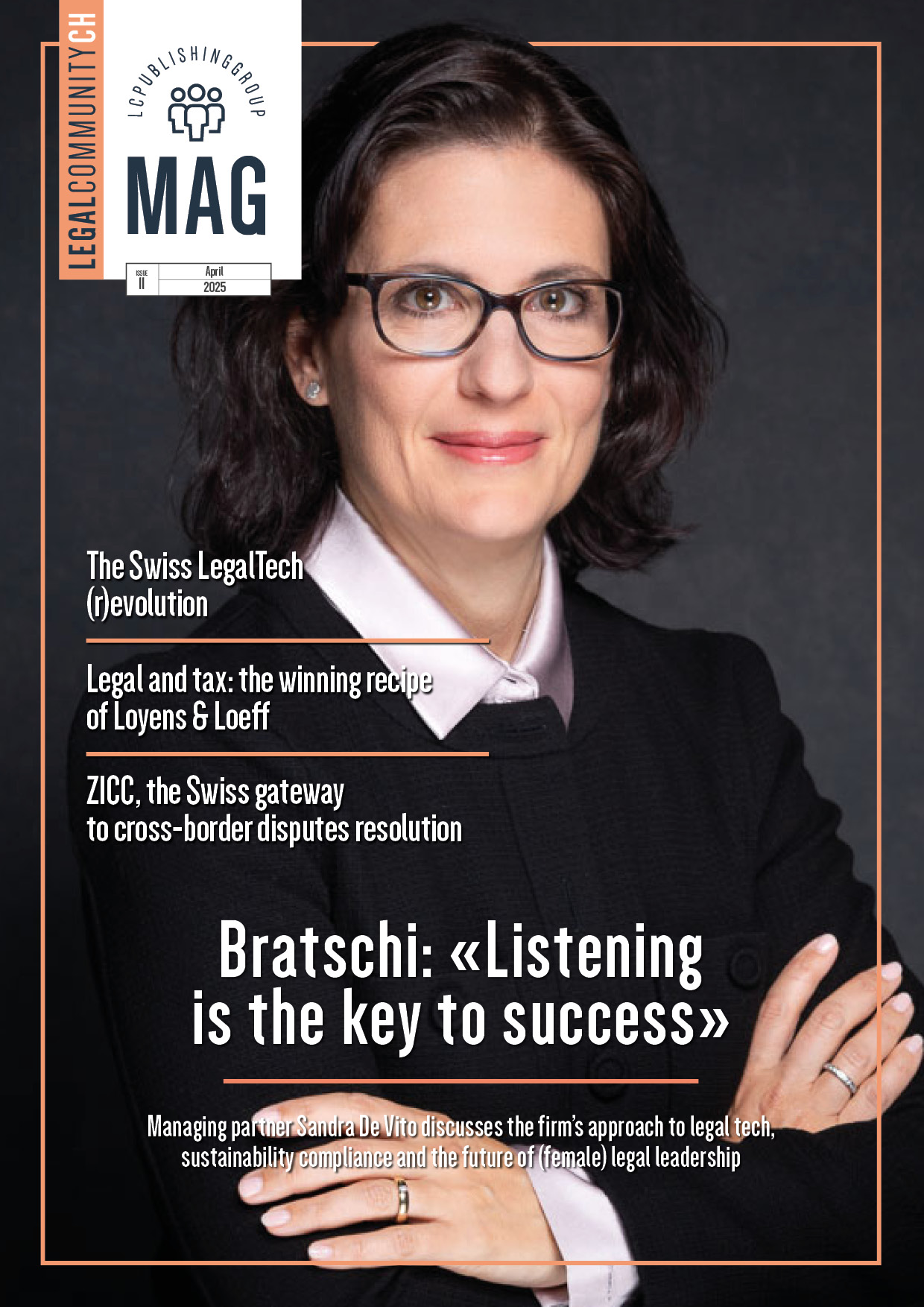Disruptions including the COVID-19 pandemic, economic volatility, social and political upheaval, and climate change have coincided to initiate a new era of persistent disruption for businesses. In this environment, organizational resilience can and will differentiate corporate performance.
Gartner research on the future of legal shows that GC and legal leaders will have to drive six shifts in the legal operating model and they need to start now to identify and prioritize the actions required. The Future of Legal research is based on interviews with general counsel, heads of legal operations, law firm leaders, legal technology leaders and academics, as well as an analysis of Gartner proprietary data assets and secondary literature review. The shifts are outlined in Gartner Legal in 2025 action plan:
1.Explore issues rapidly: legal must move beyond providing cost-efficient legal advice, and focus on the speed with which it develops appropriate guidance and efficient governance. Therefore, work with business-unit leaders to understand how legal creates organizational drag could be an action step.
2.Prioritize work by decision-making impact: this means that towards 2025 it’s crucial to understand organizational goals and prioritize enabling legal’s contribution to the decisions needed to meet those goals. But also to align resources to decisions that pose high risk to business goals or have high legal and operational uncertainty.
3.Balance scale and responsiveness: legal’s focus on highly customized guidance has increased responsiveness but isn’t efficient or scalable. However, enterprise-level responsiveness is achieved by scaling guidance and employing indirect support for “run the company” work.
4.Create a task-based network: many legal departments now use law firms for the vast majority of outsourced work, but that approach is costly and often time-consuming. Legal disaggregates matters into individual tasks that can be assigned to the best provider in a diverse network that offers 360-degree issue support.
5.Experiment to deliver business outcomes: legal departments struggle to exploit technology, often following market hype rather than focusing on their own underlying needs and the investments that could impact broader business outcomes. Identify and prioritize where best-fit technology solutions can improve legal processes, operational capabilities and business outcomes is a first step in that sense.
6.Foster dynamic skill building: given limited budgets and increasingly unpredictable needs, legal departments can’t just hope to hire talent to support predictable future needs. Partner with HR to create a shared skills inventory across the organization to find available talent with skills to support legal could be an action step towards 2025.
















